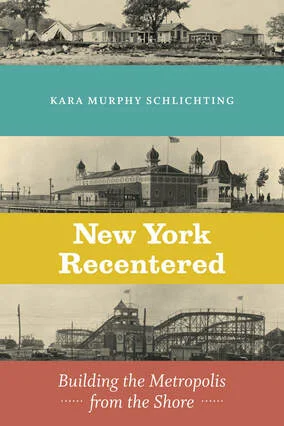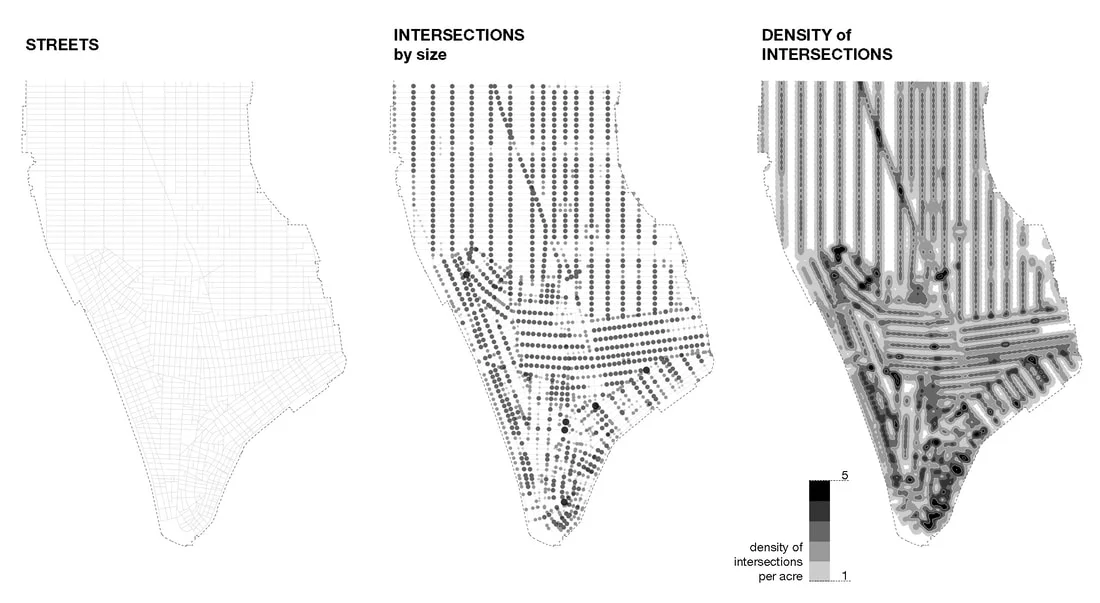Schlep in the City: Forest Hills
By Frampton Tolbert
Queens is a borough of enclaves, each distinct. While the borough was formed in 1897, development did not begin in earnest until the 1920s, when the population doubled to more than one million people.[1] For this increase in population, buildings were needed for people to live, work, go to school, and worship—and some of which were defining examples of early modern design. While people may think it was Manhattan where this architecture was focused, Queens definitely exemplifies this as well.
Read More









